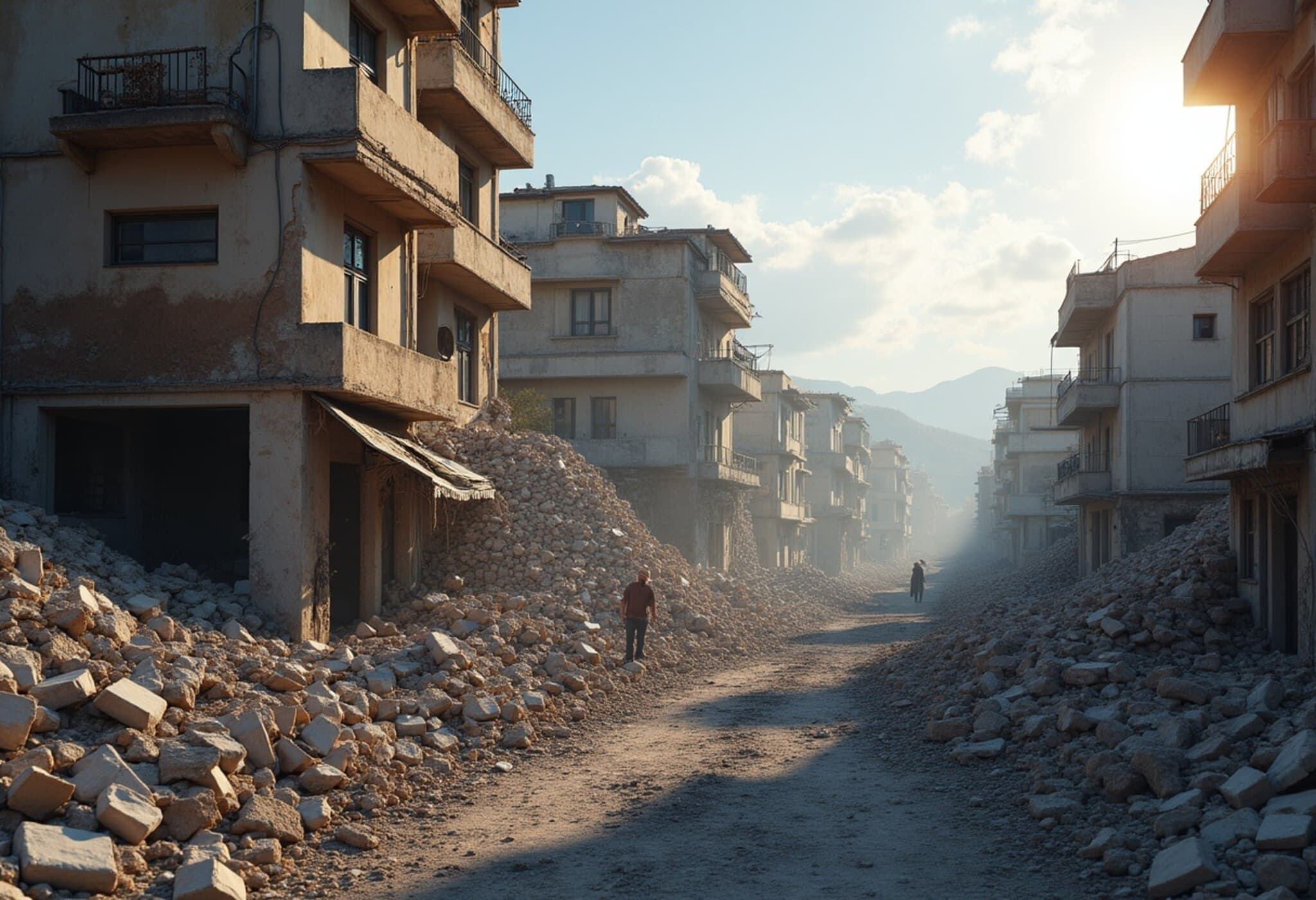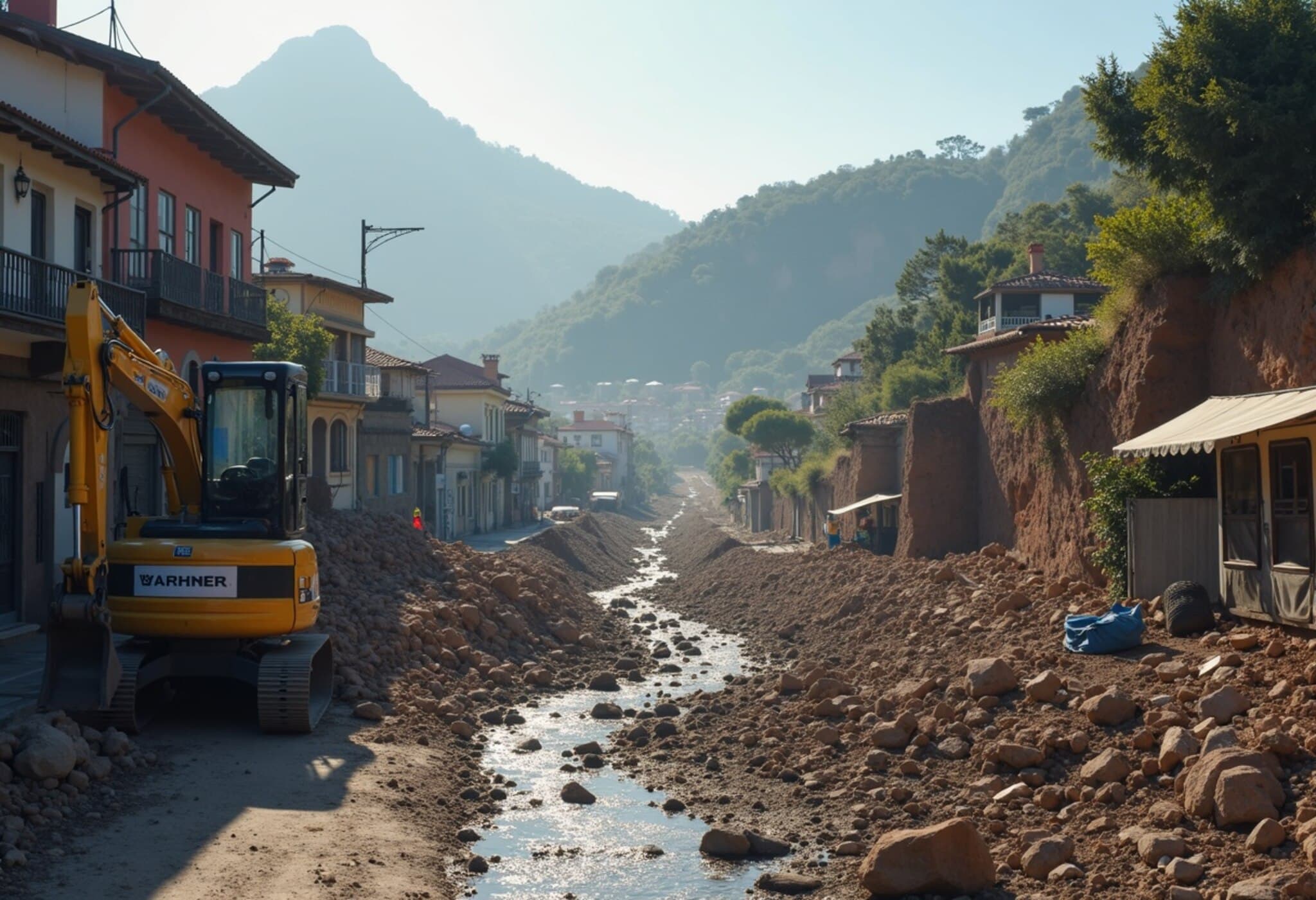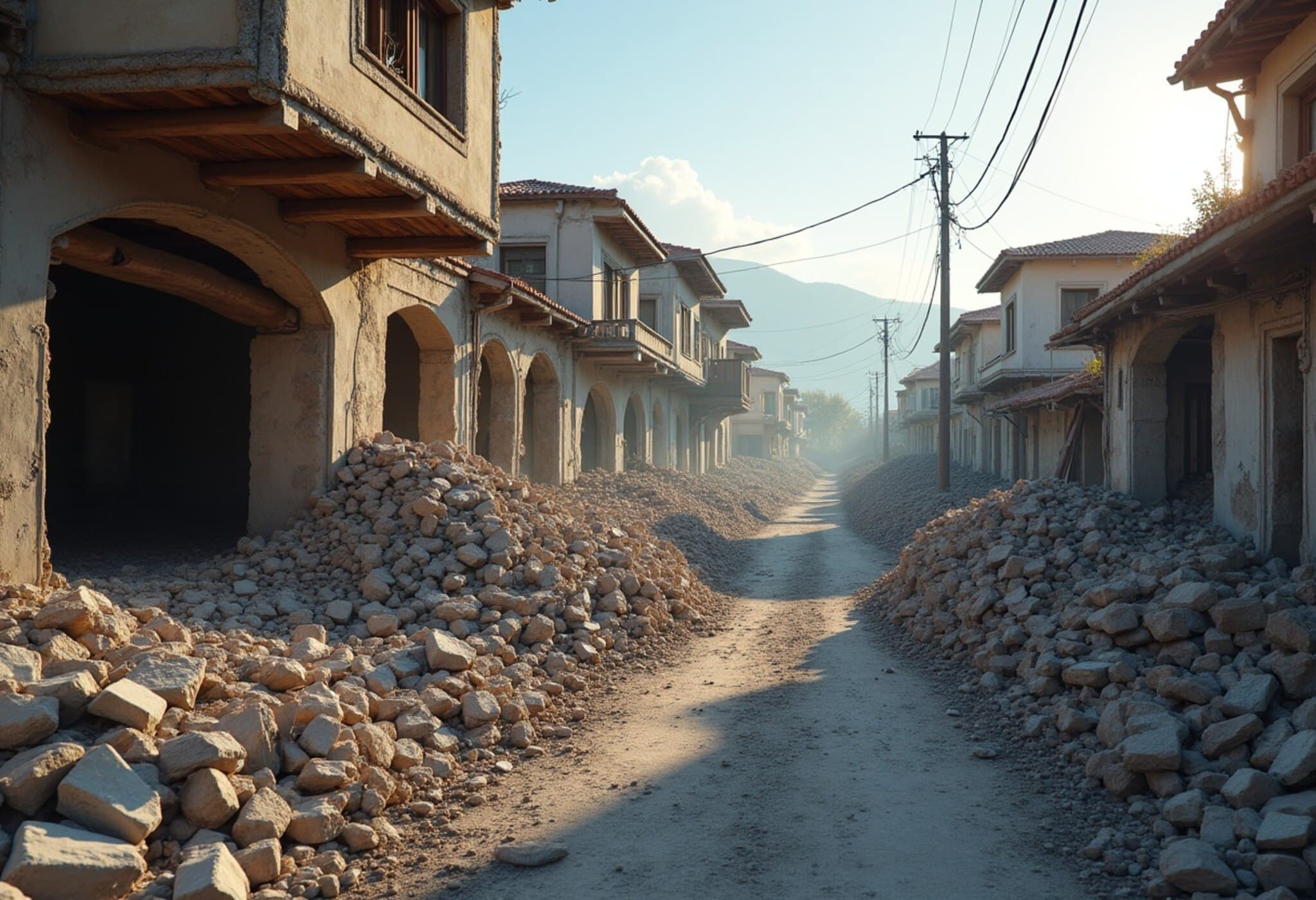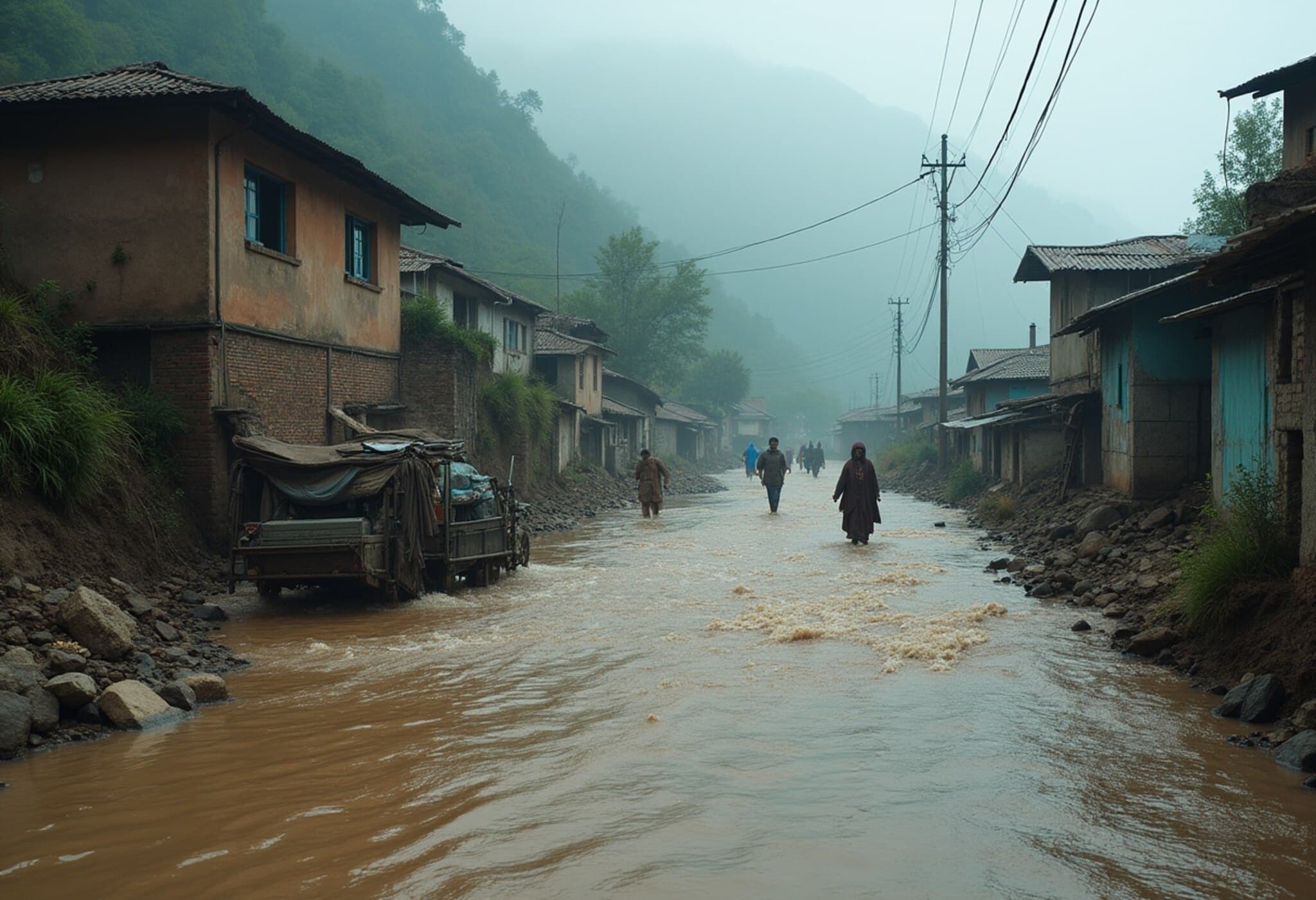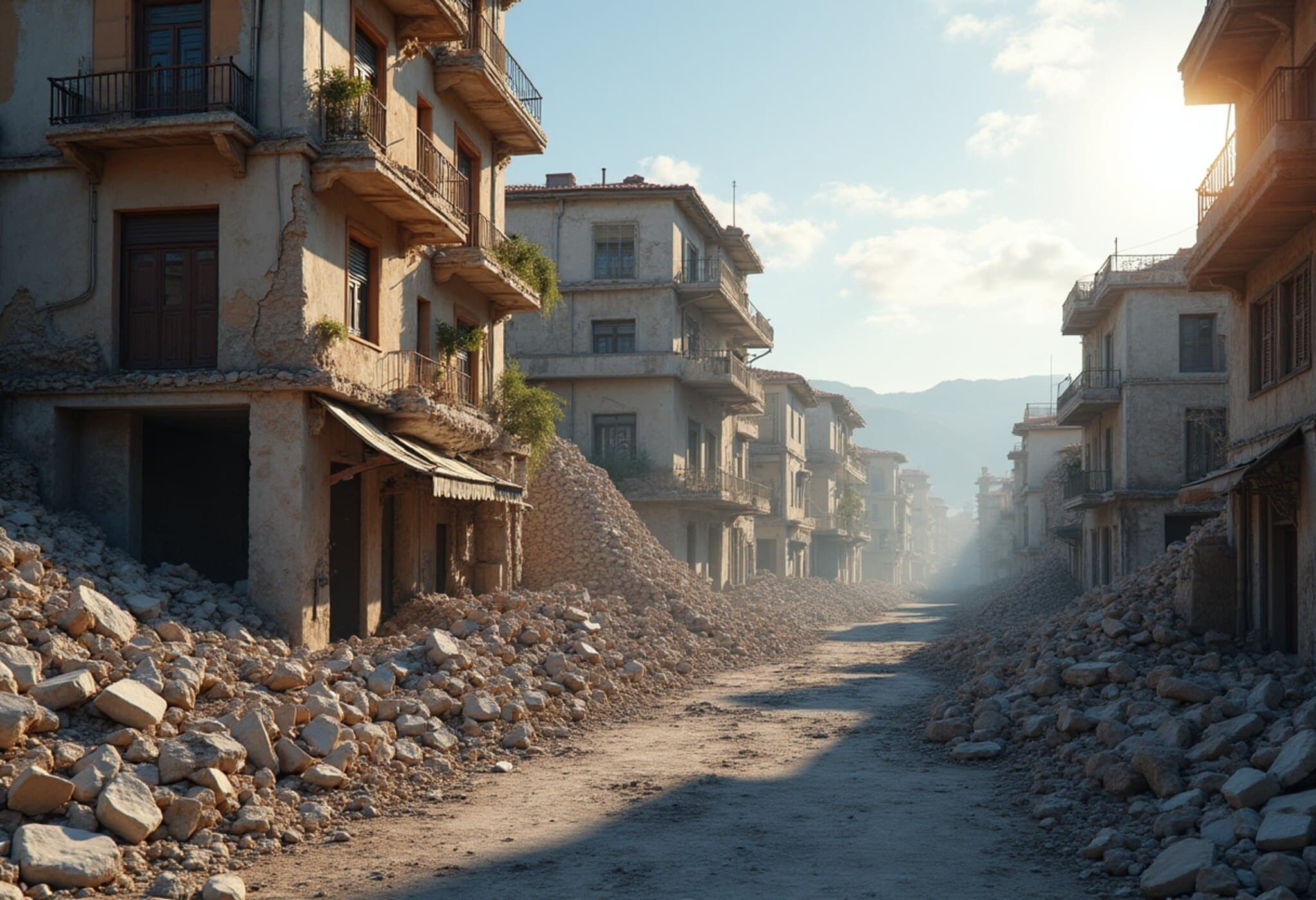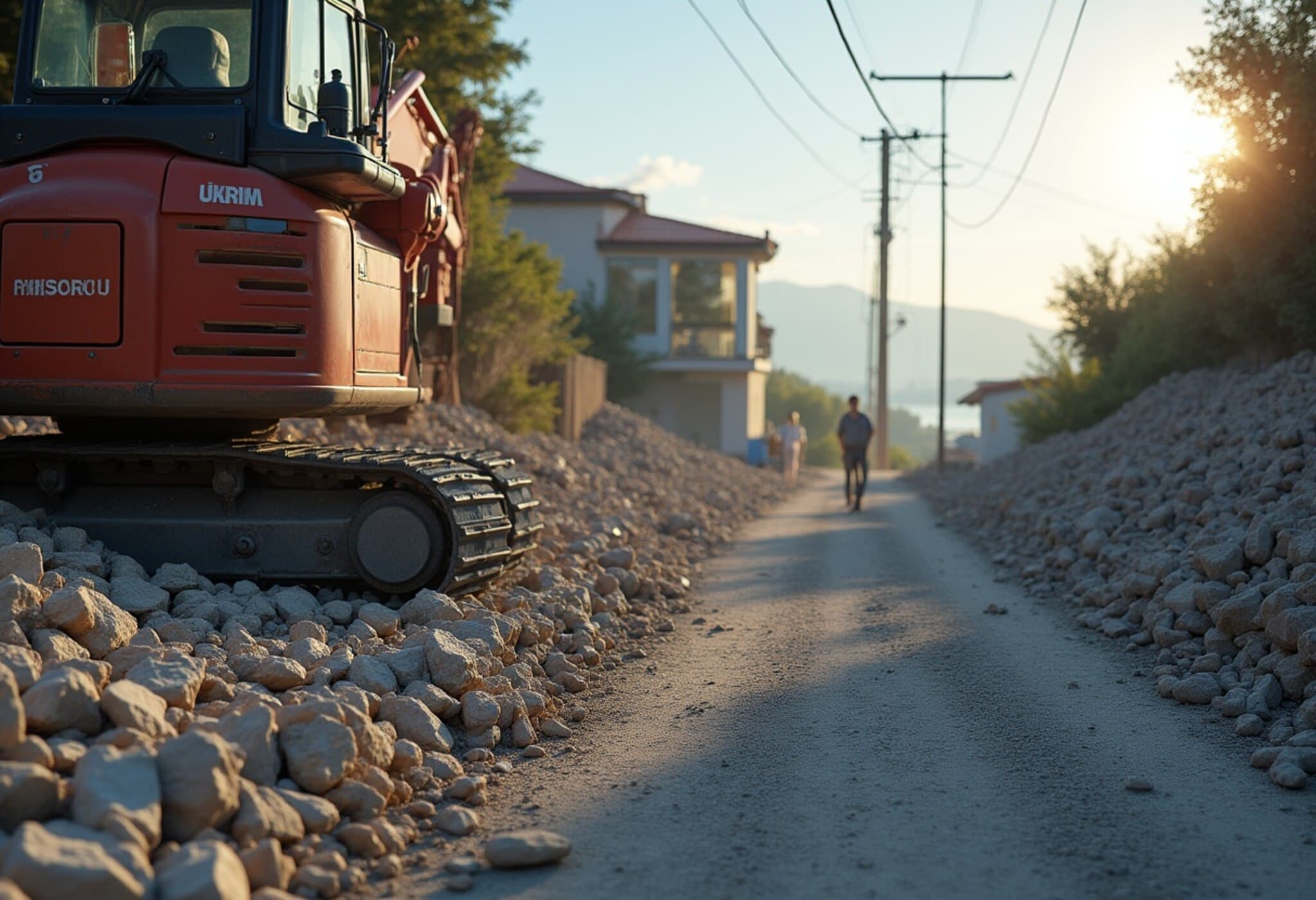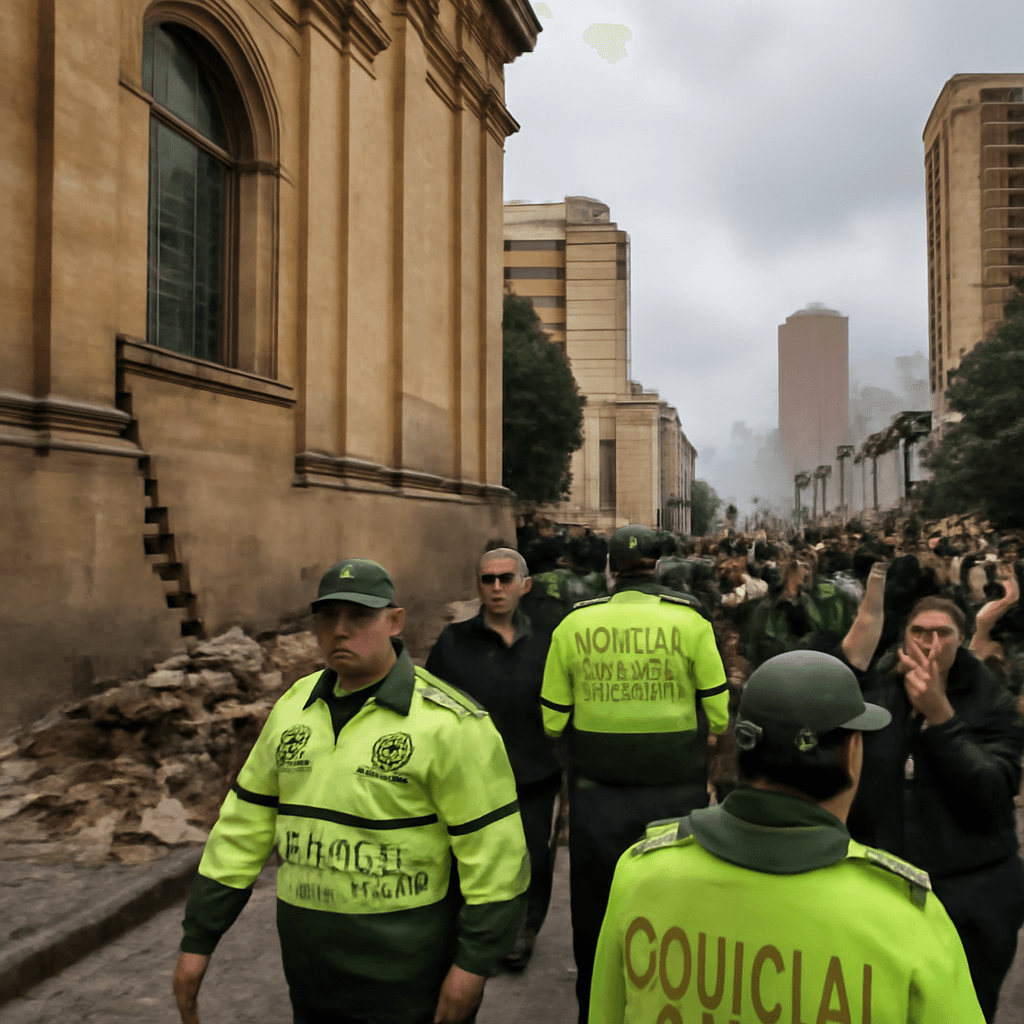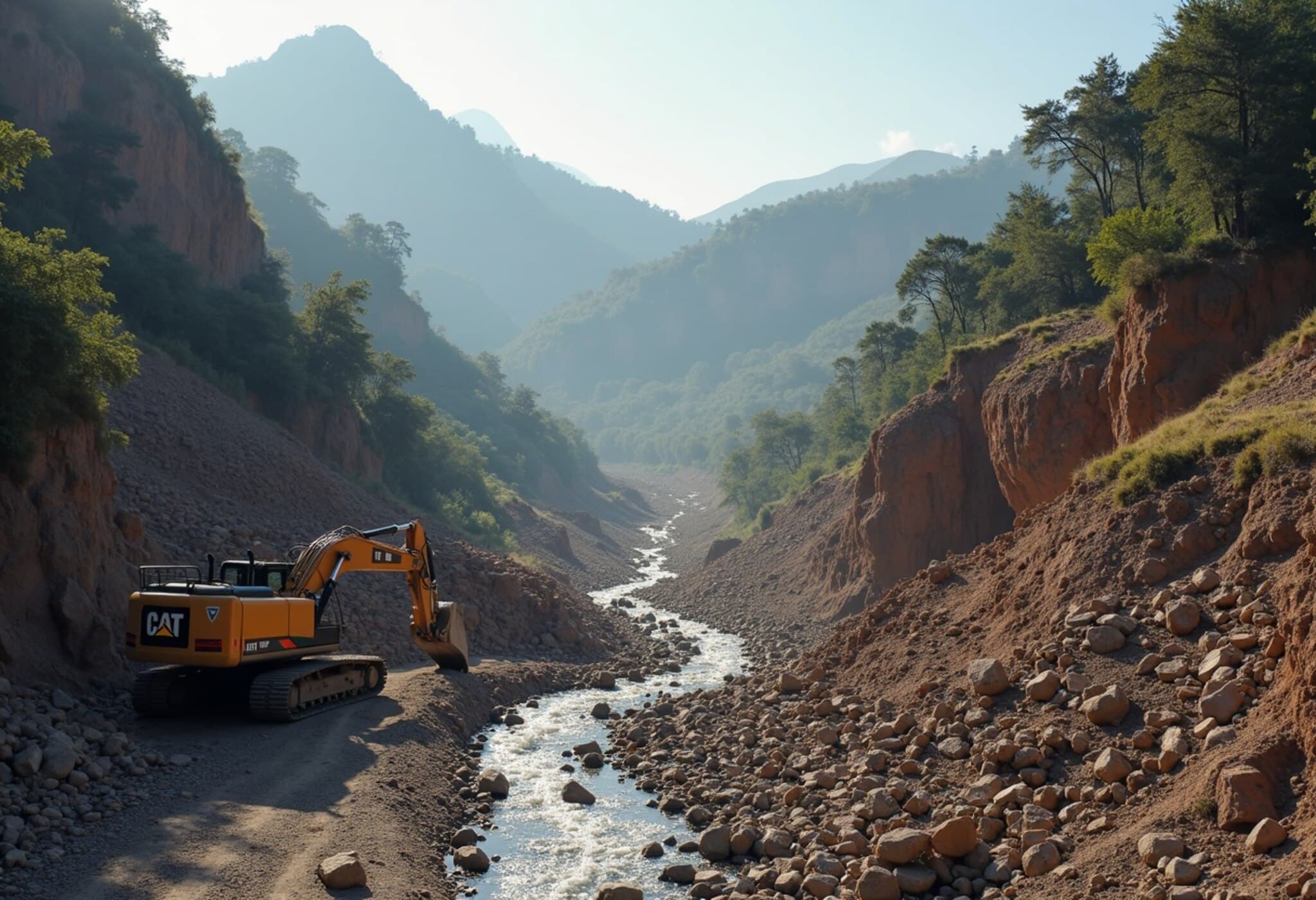Powerful 6.1 Earthquake Rocks Western Turkey, Leaving One Dead and Scores Injured
On Sunday evening, a 6.1 magnitude earthquake violently shook the town of Sindirgi and surrounding areas in western Turkey, tragically claiming the life of an elderly resident and injuring dozens more. According to the Turkish disaster management agency (AFAD), the tremor was felt across multiple western cities, including the bustling metropolis of Istanbul and the popular tourist destination Izmir.
Immediate Aftermath: Casualties and Rescue Efforts
Interior Minister Ali Yerlikaya confirmed the death of an 81-year-old individual who was rescued from beneath the rubble but succumbed shortly thereafter. The earthquake caused significant structural damage, collapsing 16 buildings around Sindirgi, of which four were residential. Among these was a three-storey building in the city center housing six residents.
“Several survivors were pulled from the debris of that three-storey building. Rescue teams continue to work tirelessly to locate others,” Mayor Serkan Sak told Turkish media, emphasizing the urgency and dedication of the rescue operations.
Emergency response was swift, with 319 first responders deployed, and efforts are ongoing to manage approximately 20 aftershocks ranging in magnitude from 3.5 to 4.6, which have further complicated relief activities.
Geological Context: Turkey’s Seismic Vulnerability
Turkey sits atop multiple active fault zones, including the notorious North Anatolian Fault, which has historically triggered devastating quakes affecting millions. The region’s seismic activity demands constant vigilance and robust disaster preparedness protocols.
- In February 2023, a catastrophic earthquake in southwestern Turkey claimed over 53,000 lives and decimated cities like Antakya.
- Just last month, a 5.8 magnitude tremor in the same region resulted in one death and dozens injured, underscoring the persistent risk to inhabitants.
Expert Insights: Building Resilience amid Recurring Earthquakes
Experts emphasize that while Turkey has made strides in seismic codes and urban planning, challenges remain. Many older buildings, especially in smaller towns such as Sindirgi, lack the reinforcements necessary to withstand large quakes. This recent tragedy calls for renewed focus on retrofitting vulnerable structures and enhancing early warning systems to mitigate future casualties.
Economically, earthquakes disrupt regional markets and tourism-dependent economies, such as Izmir. The unexpected nature of such disasters also weighs heavily on mental health in affected communities, accentuating the need for comprehensive recovery programs that address both physical and psychological wounds.
Looking Ahead
As rescue efforts continue, the focus now shifts to assessing structural damage, providing medical care to the injured, and supporting displaced residents. Coordinated government response and international aid could prove critical in accelerating recovery.
Turkey’s recurring seismic activity reminds us of nature’s unpredictability but also the human capacity for resilience. Strengthening infrastructure, community awareness, and emergency preparedness remain pivotal themes as the country navigates the aftermath of yet another life-altering quake.
Editor’s Note
This earthquake highlights the ongoing seismic vulnerabilities that Turkey faces, particularly in its less urbanized areas. While much attention often falls on large cities, smaller towns like Sindirgi are equally at risk but generally have fewer resources for protection and recovery. Encouragingly, Turkey's swift deployment of first responders and ongoing rescue operations reflect growing institutional capacity. However, it raises critical questions about the long-term strategies needed to protect vulnerable populations, the effectiveness of current building regulations, and how to balance rapid urban development with seismic safety. Readers might also consider the broader implications of such disasters on regional economies and mental health, areas that frequently receive insufficient attention. The story of Sindirgi is a sober reminder of the human costs of natural disasters and the urgent need for sustainable resilience-building measures.

